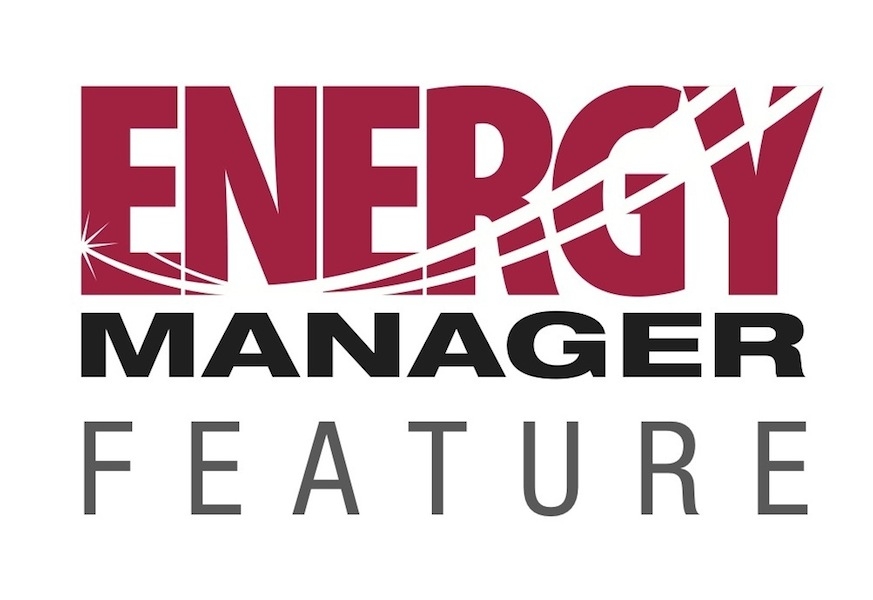
Electrical
FEATURE – Increase your warehouse bottom line from the top down
March 14, 2012 - Managing a commercial or warehouse facility poses challenges on a daily basis. And one of them is making the facility profitable.
March 14, 2012 By Grant Grable

Operating costs continue to rise and, in many cases, profits are shrinking. Building owners, facility managers and energy engineers need every advantage they can get, even when it comes to lighting in their buildings.
One way they can affect the bottom line is to lower their electric costs. Lighting can account for 30-50% of a building’s energy load, so why not turn the electric lights off and switch to daylighting.
Light-emitting diodes (LEDs) seem to be the buzz in the lighting marketplace. They last longer and burn brighter but they still can’t compare with daylight brought into a building from the sun.
Utilizing daylight for overall ambient lighting for as many hours per year as possible, while providing the optimum quality of diffused light and integrating it with automated building controls to maximize energy savings are just some of the many benefits derived from daylighting.
There are several daylighting options from which to choose, such as active skylights with mirrors, to passive skylights with prismatic lenses, to tubular skylights, clerestory windows and even light shelves.
Lighting 101
Every light source in the marketplace is measured in Kelvin temperature and colour rendition index (CRI). The Kelvin temperature of an electric light source is measured against how close it is to the Kelvin temperature of sunlight. A colour rendition index (CRI) of 100% is what the sun produces or what the flame or a burning source will produce. As the human eye is most efficient under natural light conditions, so too is human productivity at its highest point when exposed to it.
While the use of LEDs are rapidly growing and considered one of the most efficient lamps, LEDs still draw electricity to illuminate. Turning lights off during daytime hours through the use of electric lighting controls not only saves electricity but provides a better of quality of light.
High performance daylighting utilizing lighting controls with high visible light transmission (VLT) and maximum diffusion (100% is optimum) has been proven to not only maximize the hours you can eliminate electric lights on an annual basis but also reduce the heat in the building even during the summer months compared to electric lighting use.
One concern by engineers trying to implement daylighting is thermal performance. In a perfect world you would have absolutely no heat going in to the building and no heat going out and the highest amount of properly diffused light from the skylight. But there needs to be some “give and take” that you have to consider that takes total building energy usage into consideration.
The two greatest factors in a skylight, or daylighting device, are visual light transmission and diffusion. Ultimately, you want to bring in the most amount of light you can, properly diffused so you don’t have any glare, hot spots or UV-damage to the interior. You also want to maximize the hours you can shut off electric lights in a building, which when properly designed could be 8-10 hours daily, depending upon time of year and location. Even then, the light of properly diffused natural light is a fraction of the heat produced by even the most efficient fluorescent lamps.
The U.S. Department of Energy (DOE) explored the worst and best locations in the U.S. for daylighting, taking the highest and lowest solar load, sunny and cloudy days and heating and cooling degree days. In its report on Commercial Toplighting (the use of skylights and lighting control for energy savings) which was published in June 2008, it found Burlington, Vt. to have the lowest amount of sunny or partly cloudy days and the highest heating degrees. They also determined that Phoenix, Ariz. has the highest amount of sunny or partly cloudy days and the highest amount of cooling days.
Through its research it was determined that in both climates, maximizing light energy savings with high visible light transmission and high diffusions with minimal penetrations to the building was at a minimum a 10-time return compared to any thermal loss or gain to the building which was demonstrated as very minimal.
The secret to success in high performance daylighting comes from the use of high performance lighting control. Without control or the ability to shut off lights in a facility, a skylight provides no energy benefit and, in fact, can provide an increase in energy usage. However, through properly designed and lighting control solutions, you can achieve the greatest energy efficiency in light energy reduction while providing a high quality work environment for the occupant.
Benefitting from daylighting
There is a multitude of benefits to be derived from daylighting, both financial and behavioural. For example, in the U.S., buildings remain eligible for tax deductions of up to $1.80/sf. for energy efficient investments such as lighting, HVAC and the building envelope solutions through 2013 under the Emergency Economic Stabilization Act of 2008 (commonly called the Rescue Package). There are also rapid depreciation opportunities through the Federal MACRS program, also in the U.S.
Moreover, daylighting has also been shown to improve performance on the job and in the classroom. In industrial and manufacturing environments, employees make fewer mistakes and take fewer sick days. In educational settings, students with the most amount of daylighting in their classrooms progressed 20% faster on math tests and 26% faster on reading tests in one year than those with the least. A report by the National Renewable Energy Laboratory (NREL) shows that properly designed daylighting decreases the incidence of headaches, seasonal affective disorder and eyestrain.
Grant Grable, LEED A.P., is vice president/value stream leader for Sunoptics, an Acuity Brands company, located in Sacramento, Calif.
Print this page